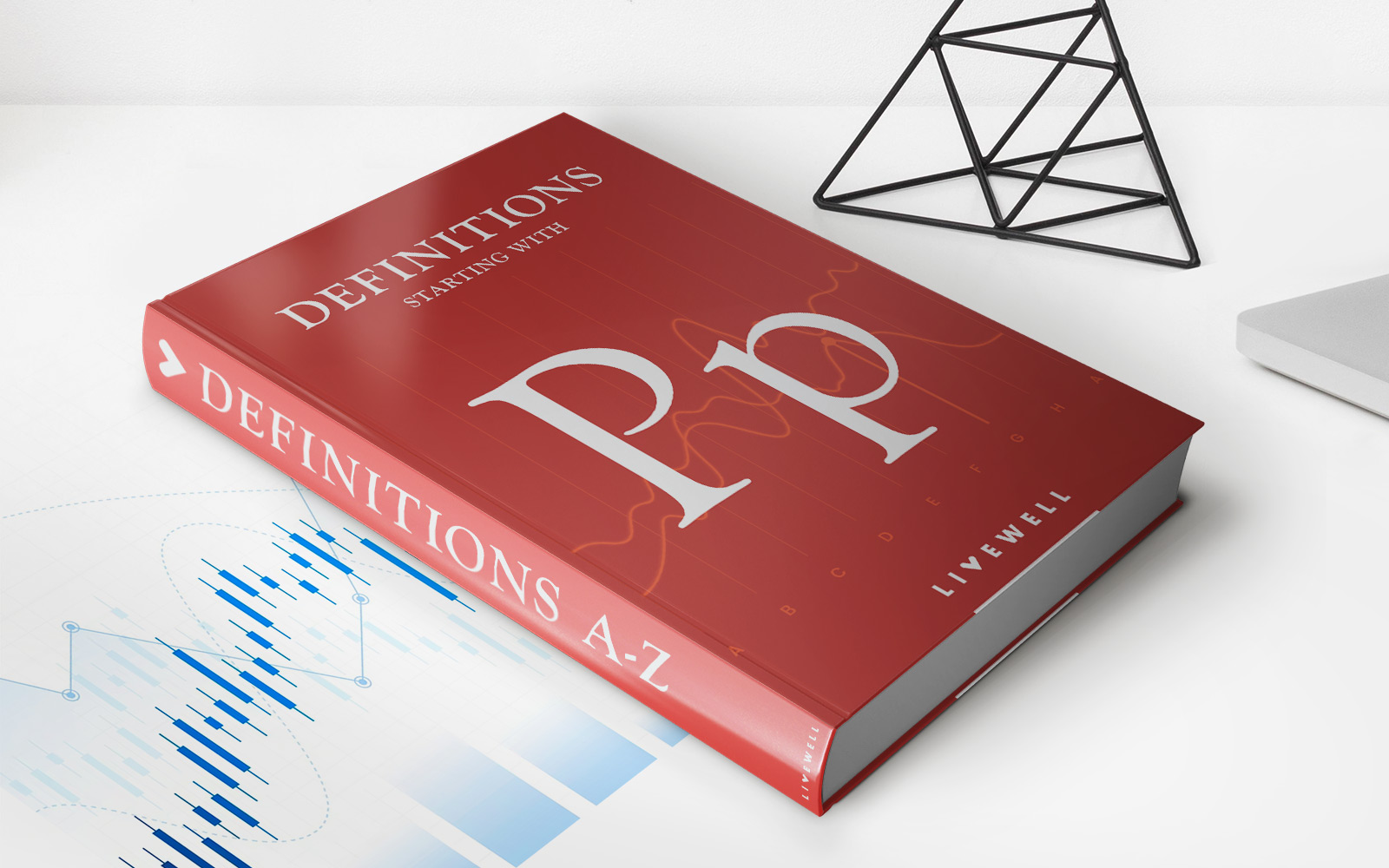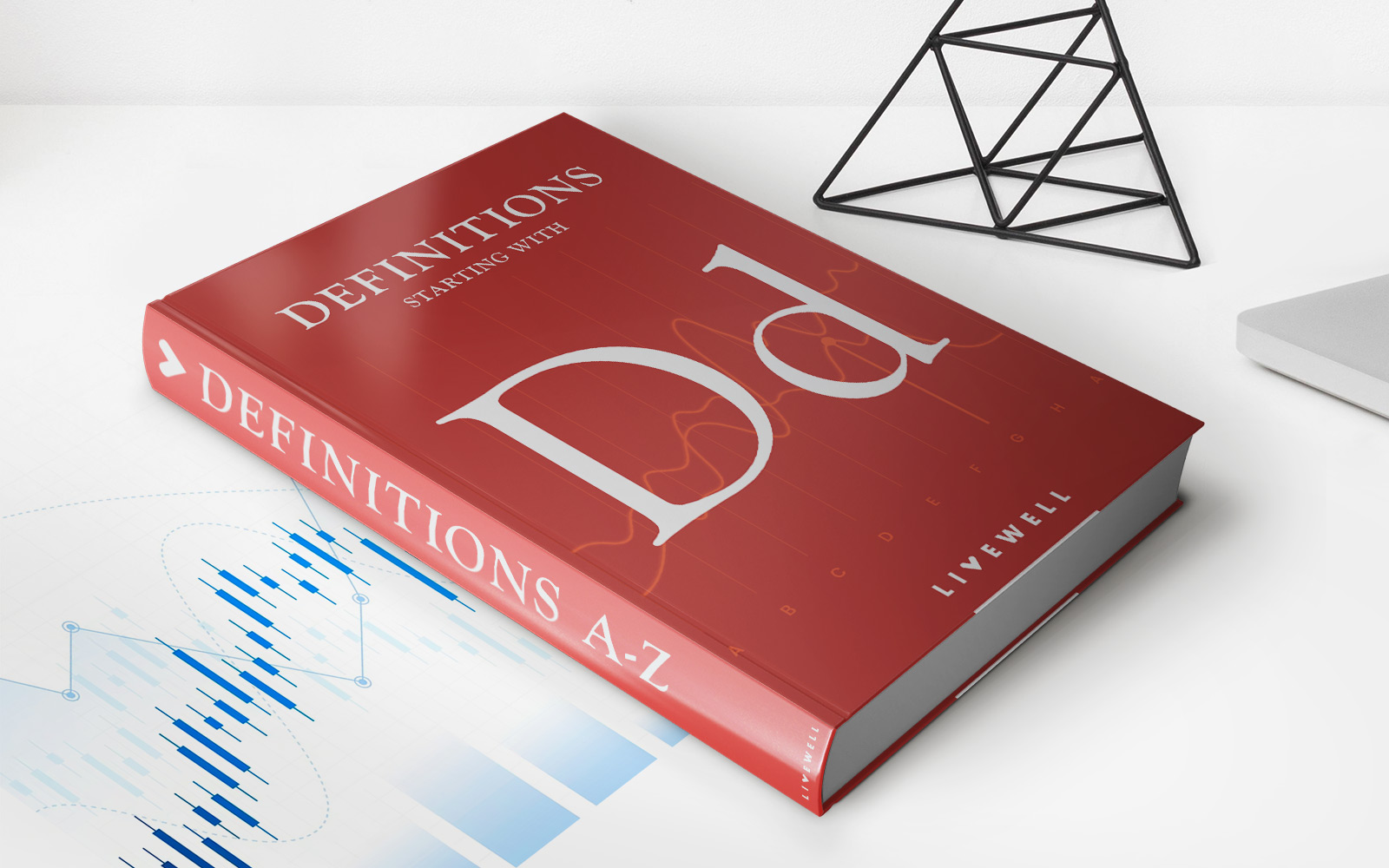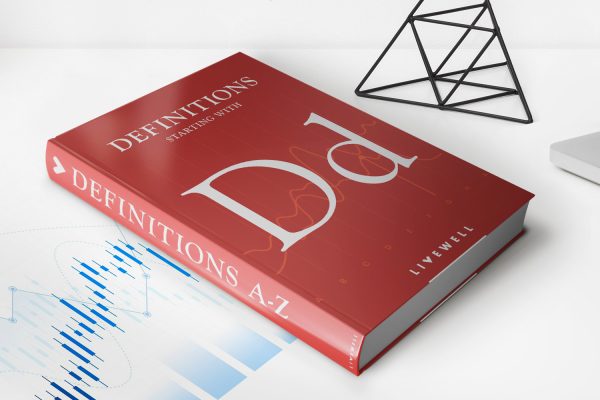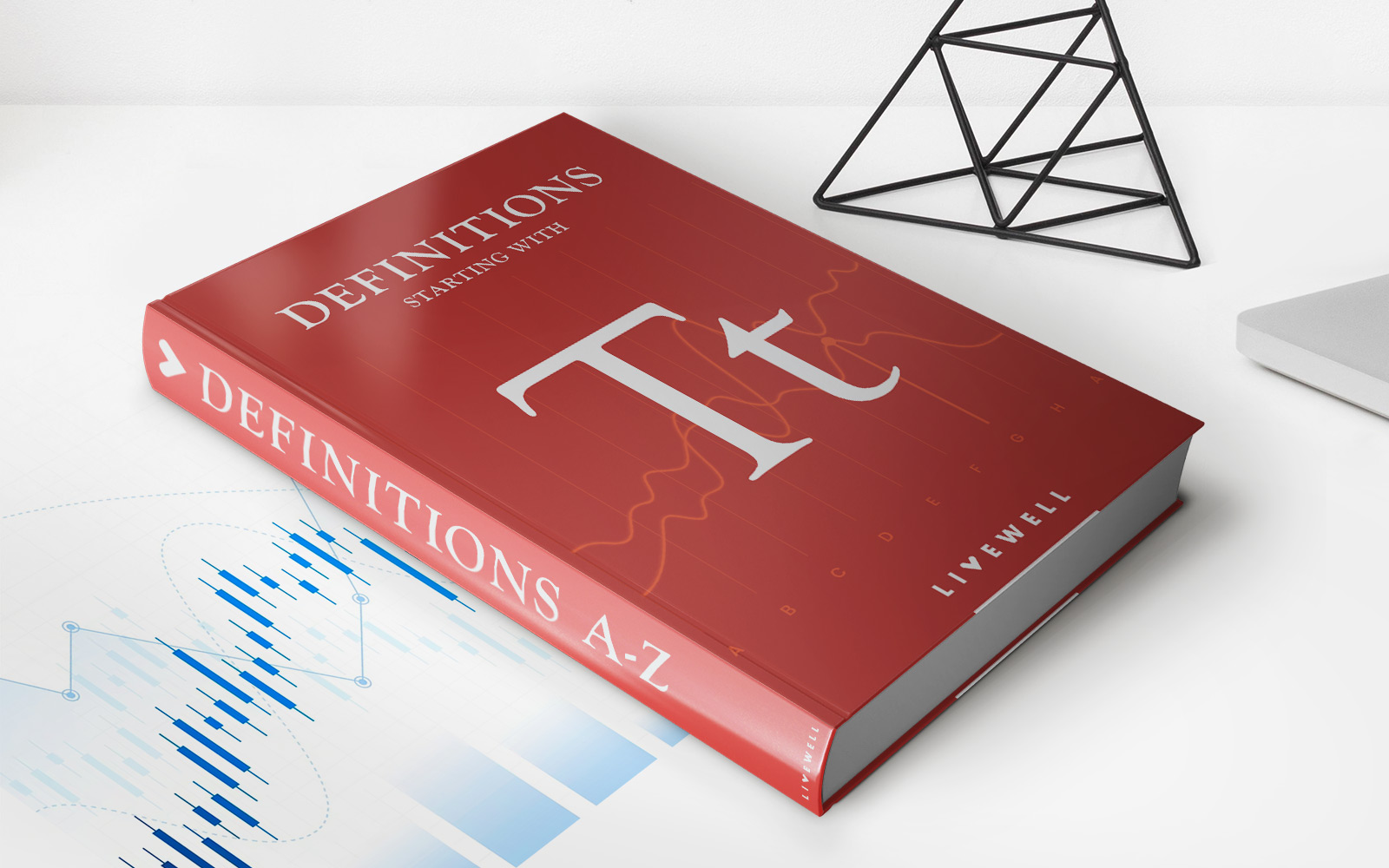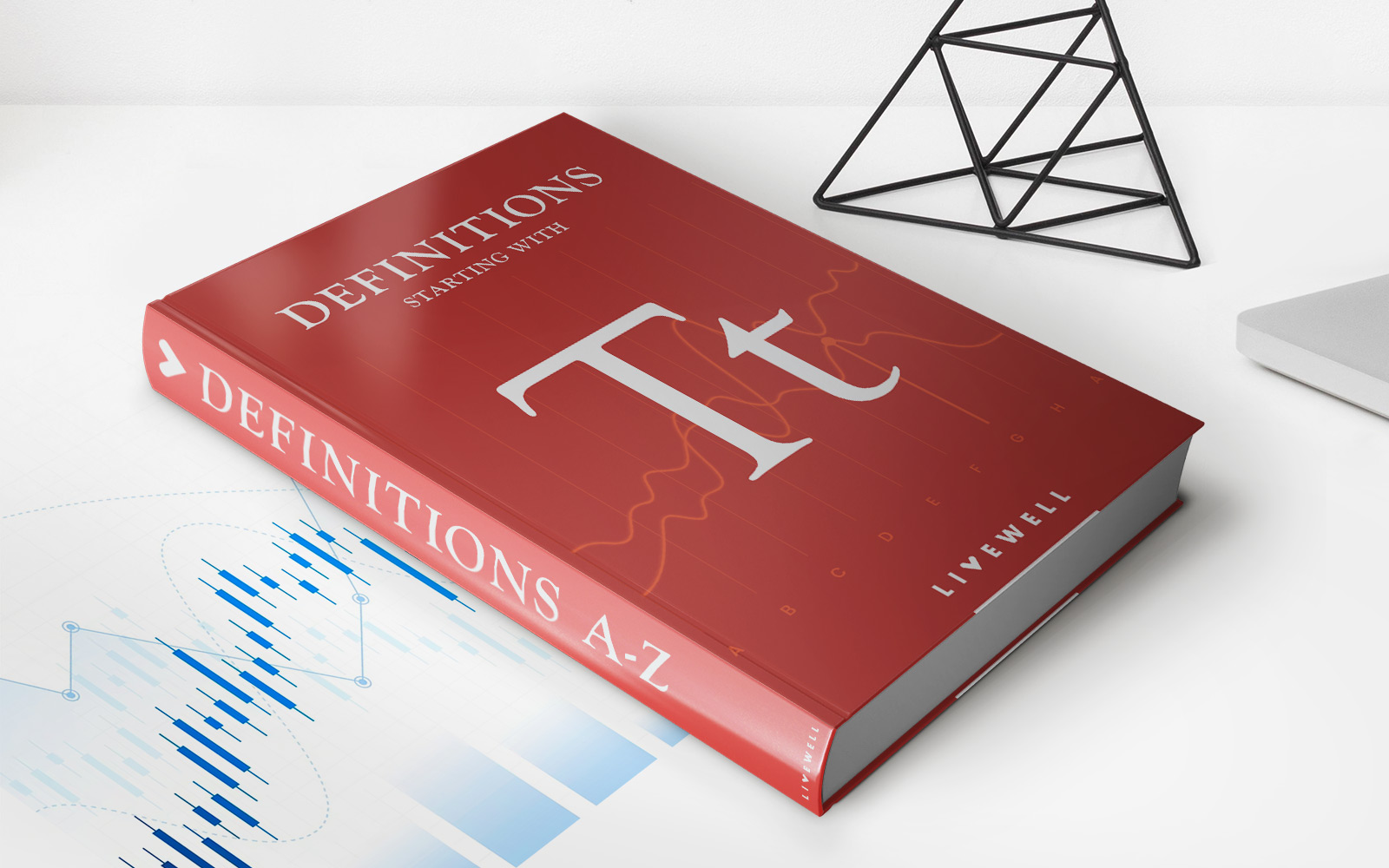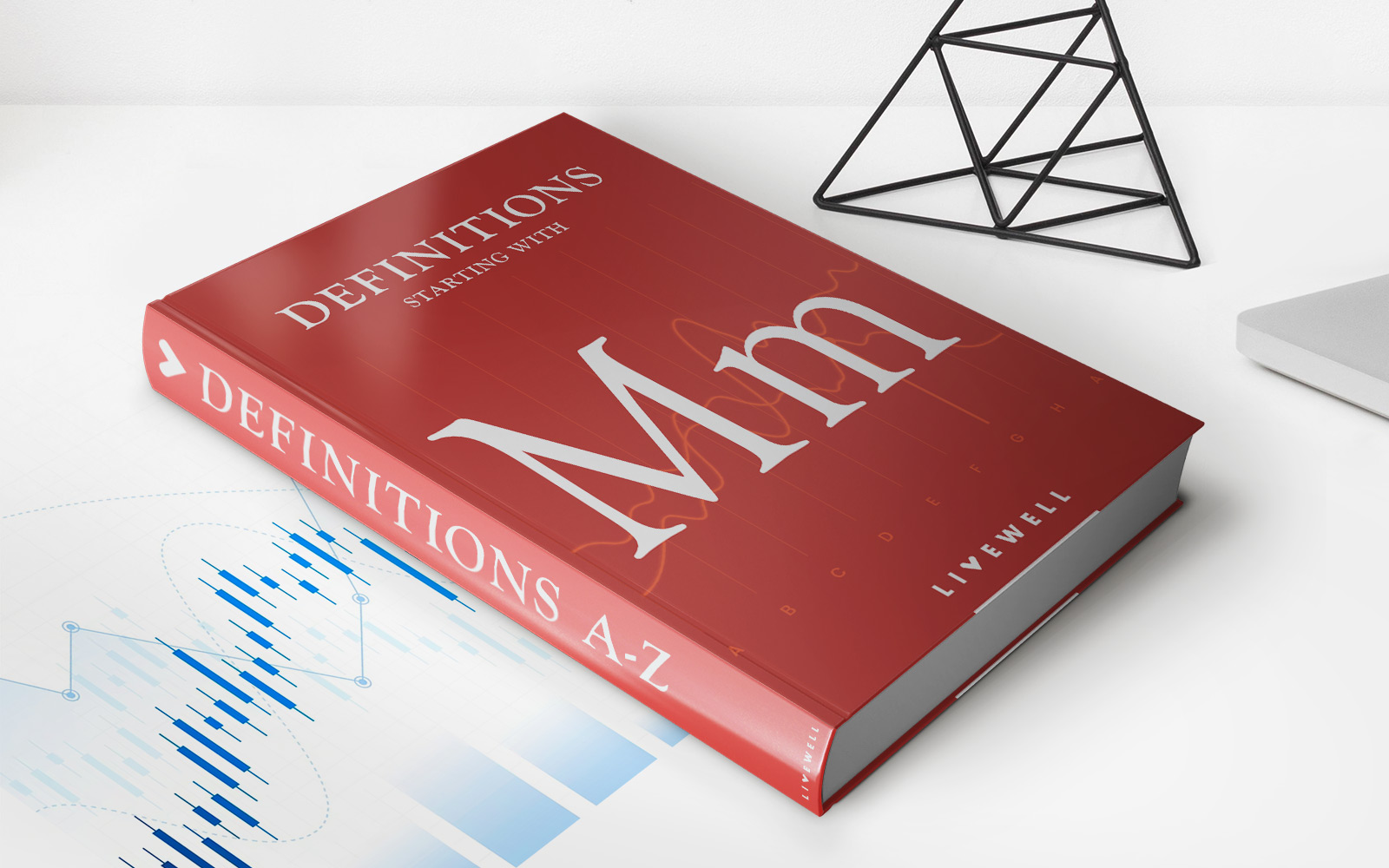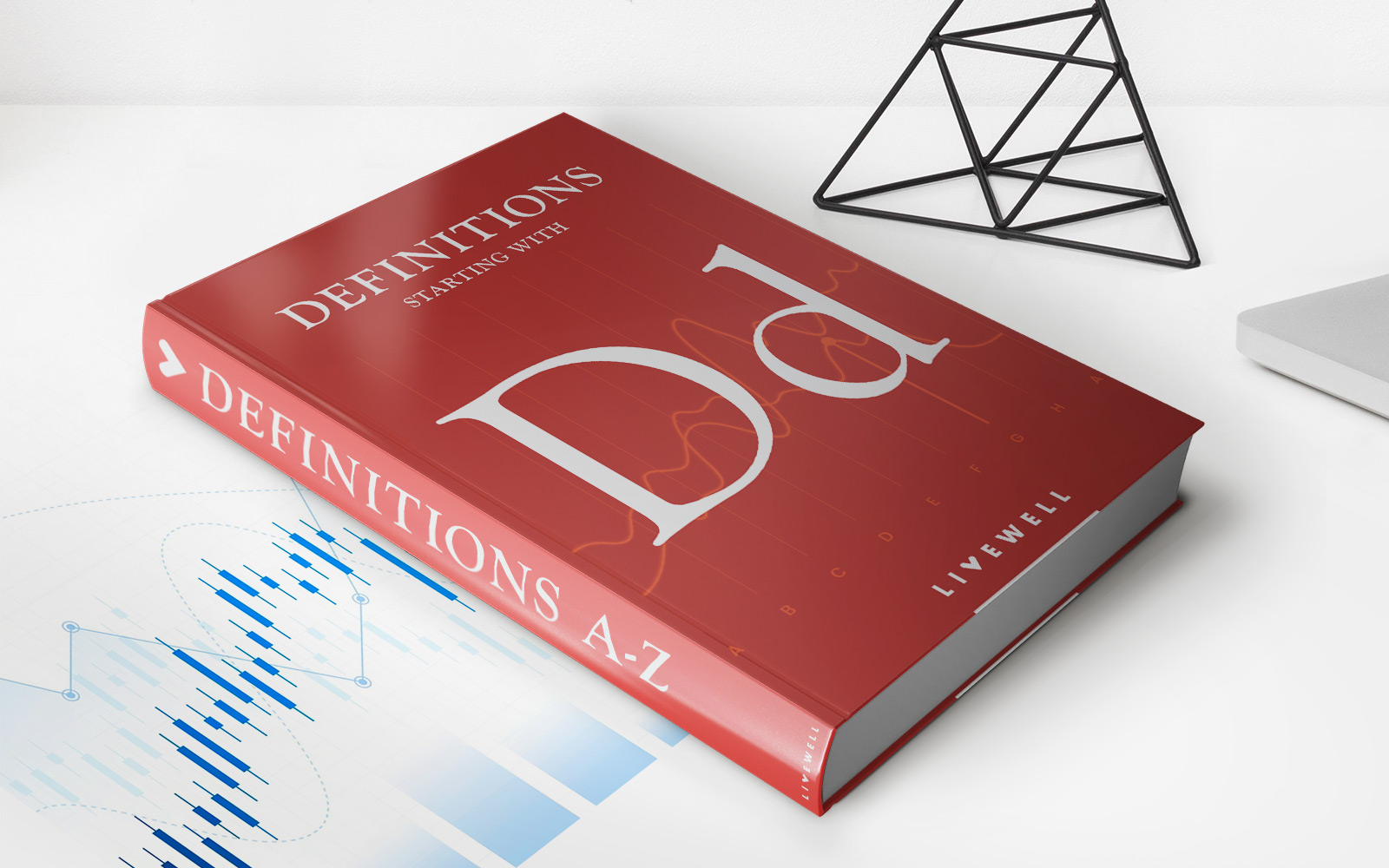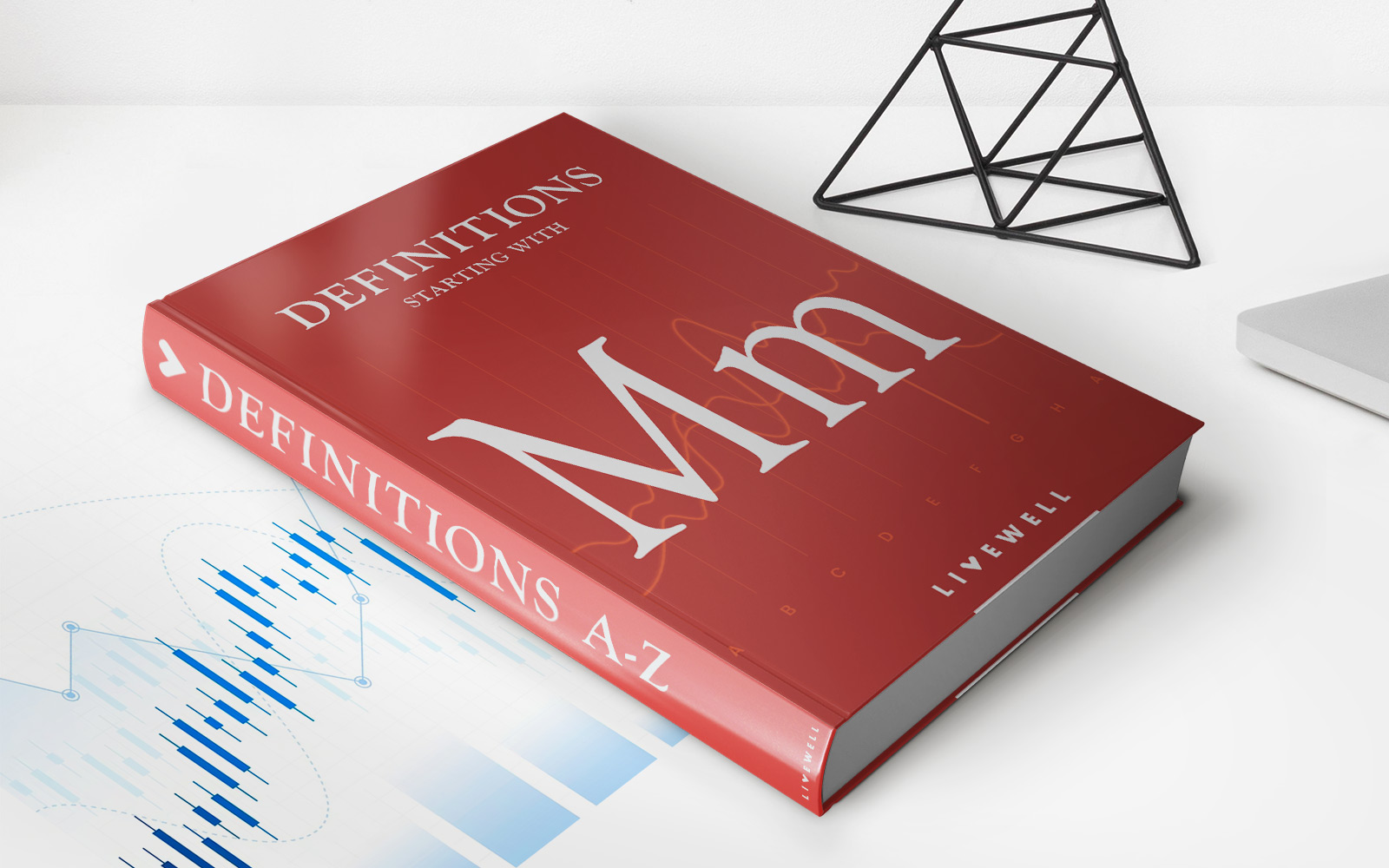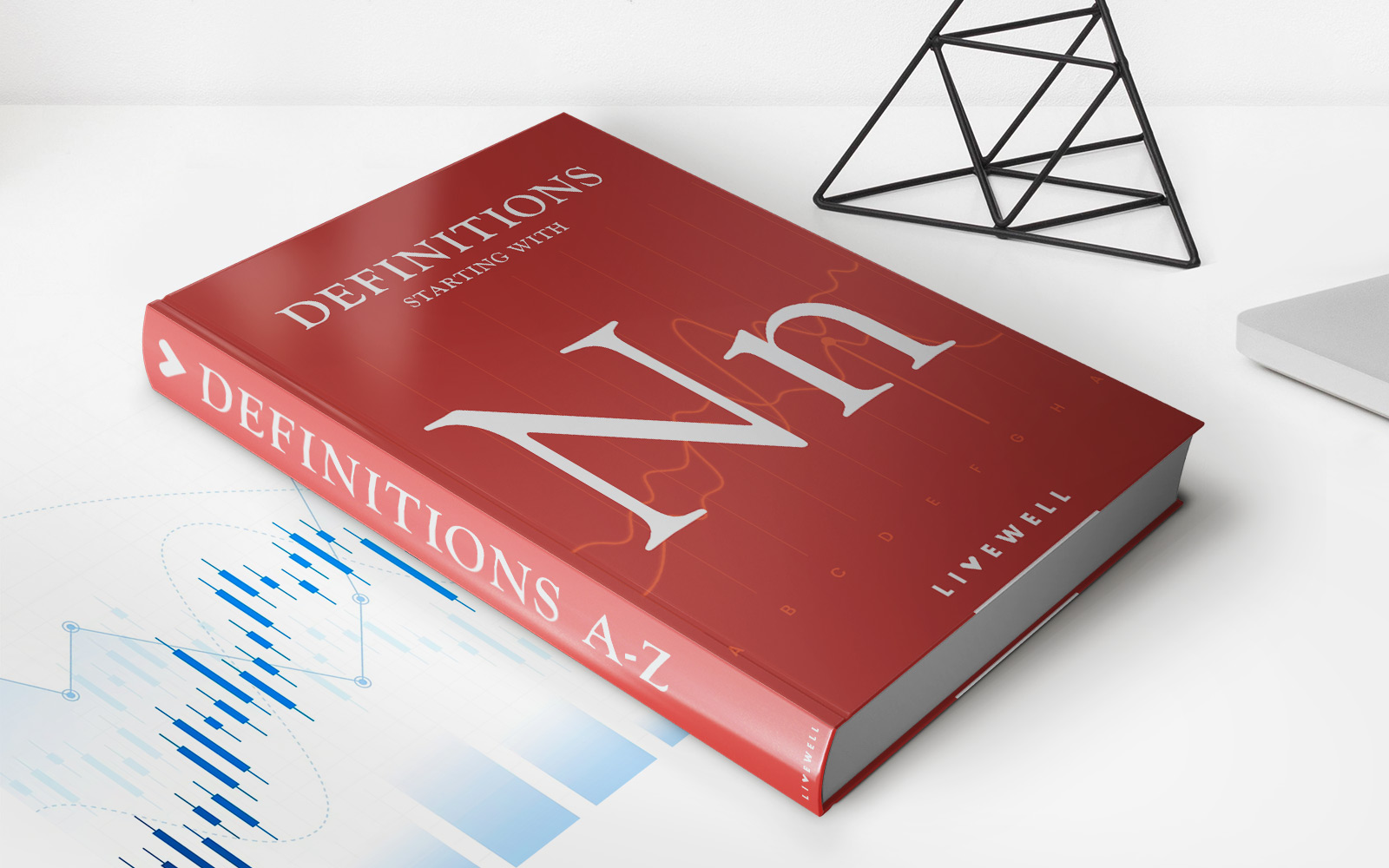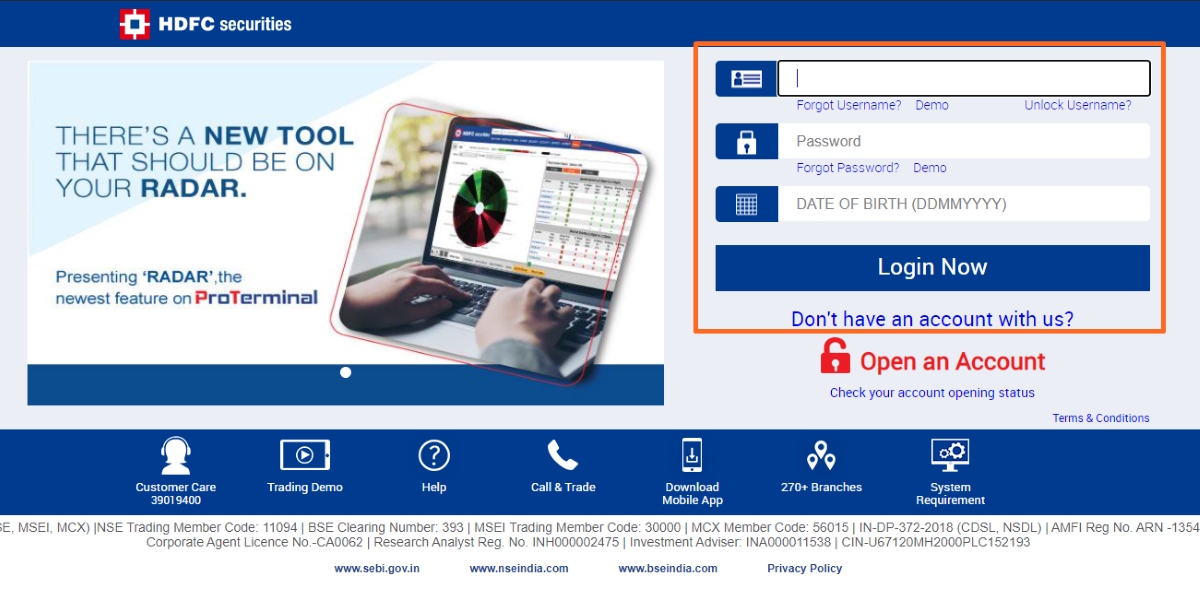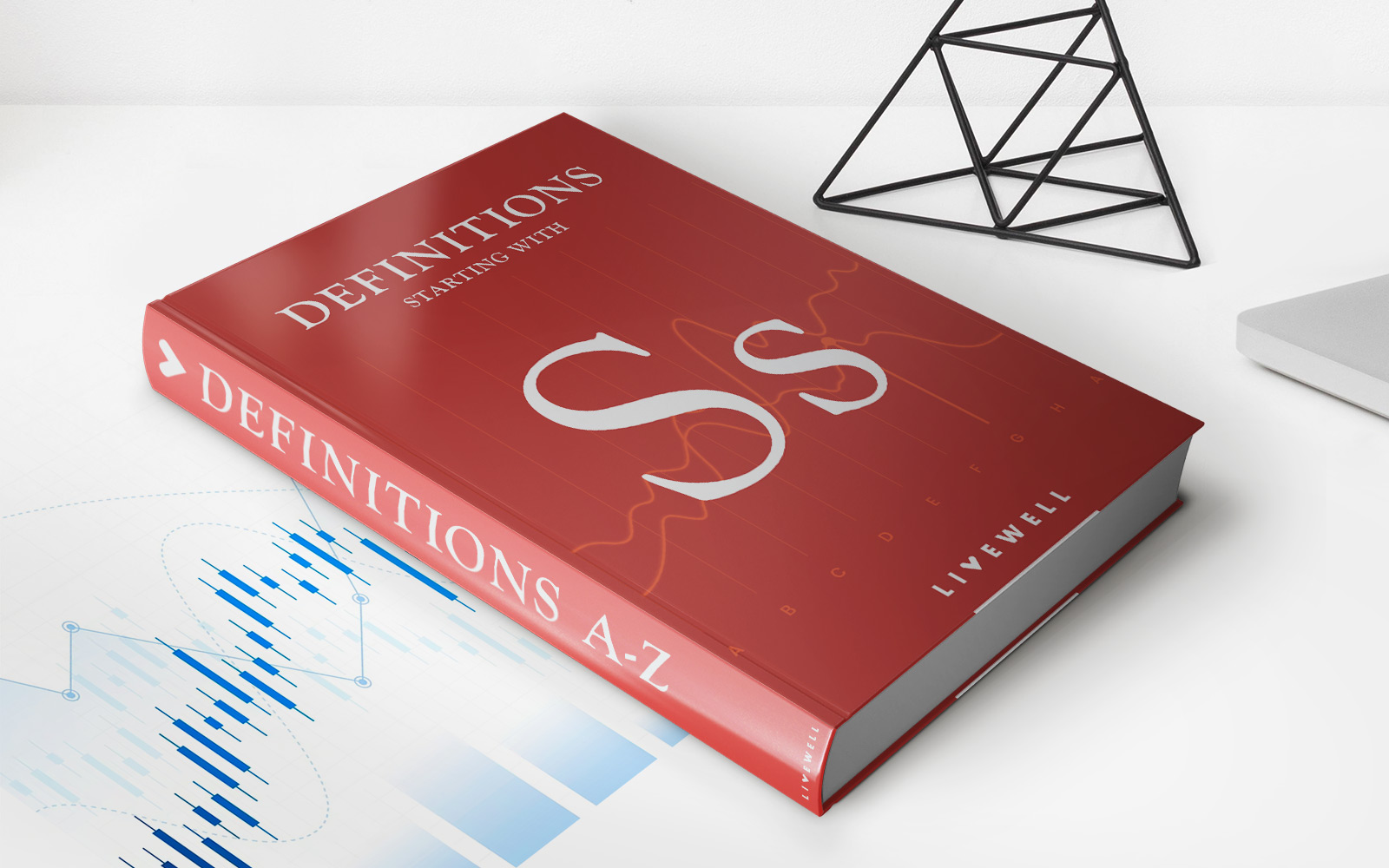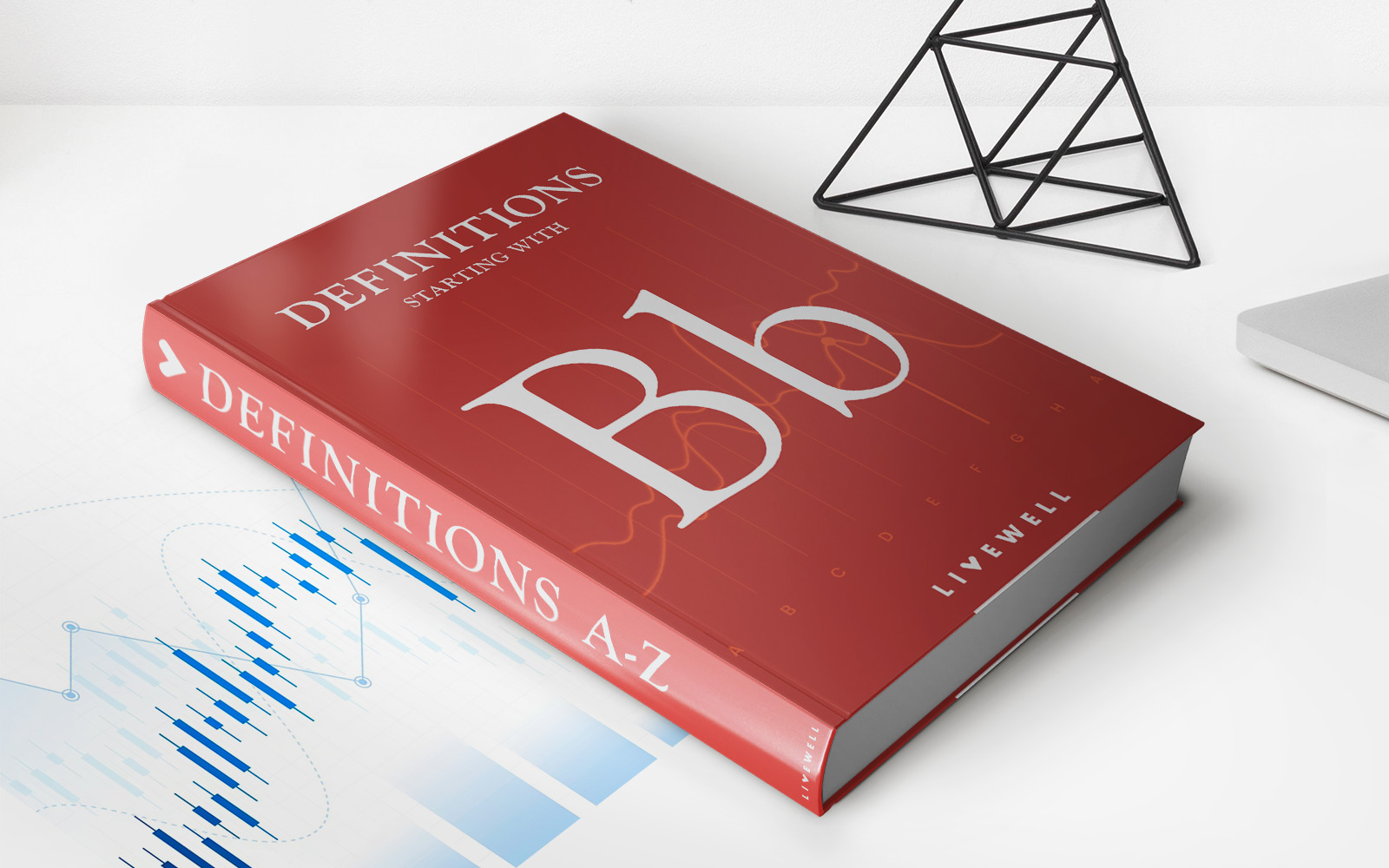Home>Finance>Disequilibrium: Definition In The Market, Reasons, And Example
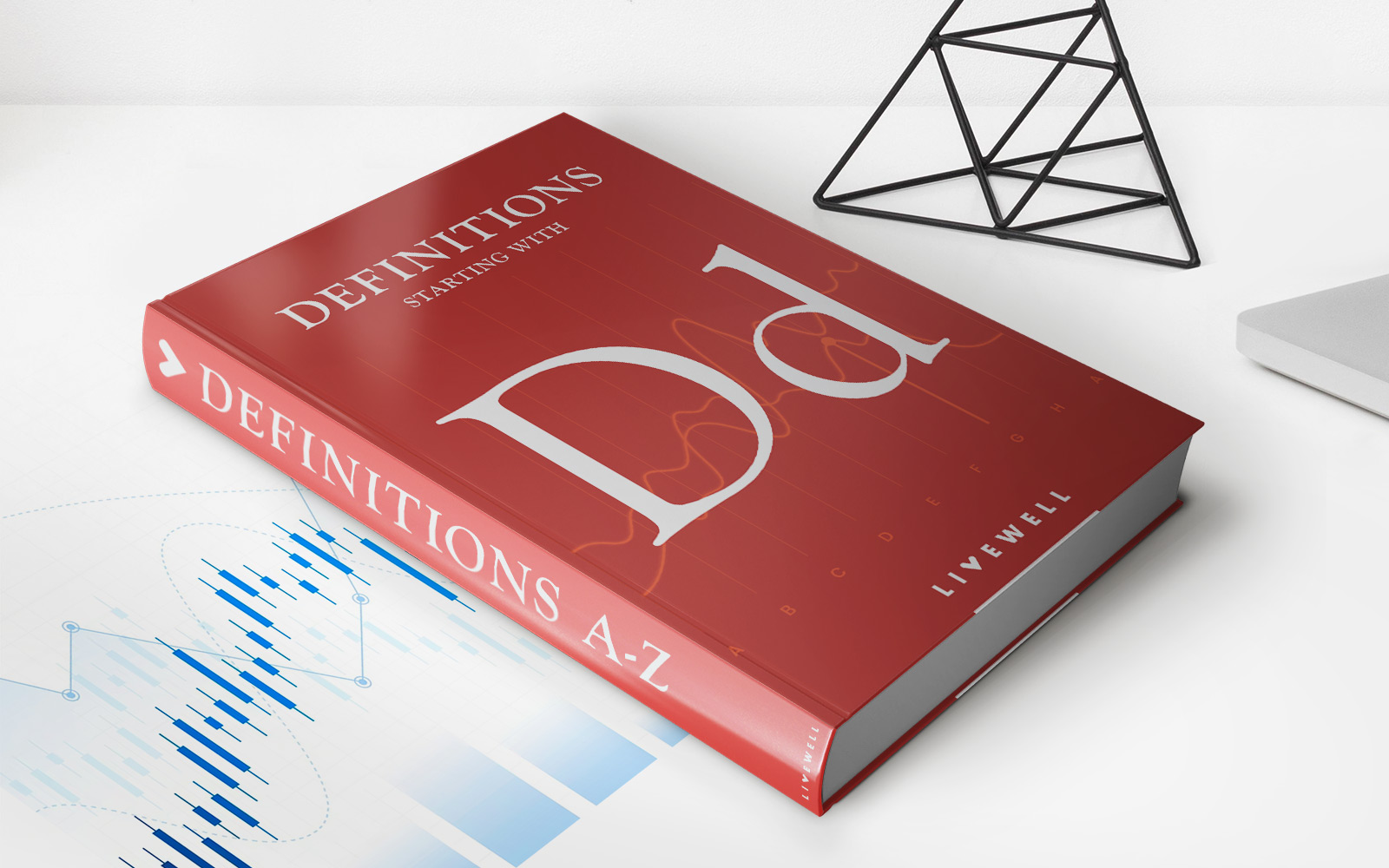

Finance
Disequilibrium: Definition In The Market, Reasons, And Example
Published: November 12, 2023
Learn about the concept of disequilibrium in finance, including its definition, reasons behind it, and a real-life example. Understand how market imbalances can impact financial stability.
(Many of the links in this article redirect to a specific reviewed product. Your purchase of these products through affiliate links helps to generate commission for LiveWell, at no extra cost. Learn more)
Disequilibrium: Definition, Reasons, and Example
Have you ever felt like the market is not quite in balance? That’s what we call disequilibrium. When supply and demand are not in harmony, it can lead to imbalances in the market. In this article, we will explore the definition of disequilibrium, discuss the reasons behind it, and provide an example to help you understand this concept better.
Key Takeaways:
- Disequilibrium refers to a state in the market where supply and demand are not in balance.
- There are several reasons for disequilibrium, including changes in consumer preferences, shifts in technology, government interventions, and unexpected events like natural disasters.
Understanding Disequilibrium
In a perfectly balanced market, supply and demand are equal, resulting in equilibrium. However, in reality, markets are rarely in this ideal state. Disequilibrium occurs when there is a disparity between the quantity of goods or services supplied and the quantity of goods or services demanded.
When the market is in disequilibrium, it sets the stage for a potential shift in prices or other market adjustments. This imbalance creates opportunities and challenges for businesses, consumers, and policymakers to adapt and find a new equilibrium.
Reasons for Disequilibrium
Disequilibrium can arise due to various factors. Here are some common reasons:
- Changes in consumer preferences: When consumer preferences change, demand for certain products or services may increase or decrease, creating a temporary imbalance in the market.
- Shifts in technology: Technological advancements can disrupt existing industries and create new markets. This disruption can lead to disequilibrium as businesses struggle to adapt to the changing landscape.
- Government interventions: Government policies, such as taxes, subsidies, or regulations, can have unintended consequences on supply and demand, leading to disequilibrium in the market.
- Unexpected events: Natural disasters, economic crises, or other unexpected events can disrupt supply chains and consumer behavior, causing temporary disequilibrium in the market.
Example of Disequilibrium
Let’s consider the example of a sudden increase in demand for bicycles during a pandemic, when people are looking for alternative transportation options. The sudden surge in demand could lead to a shortage of bicycles in the market. As a result, bicycle prices may increase, causing an imbalance in supply and demand.
Suppliers might struggle to meet the increased demand, causing further disequilibrium. However, over time, as suppliers adjust their production or new competitors enter the market, the equilibrium will be restored.
Conclusion
Disequilibrium is a natural part of any market. It occurs when supply and demand are not in balance. Various factors, such as changes in consumer preferences, shifts in technology, government interventions, and unexpected events, can contribute to this imbalance. By understanding the concept of disequilibrium, businesses and consumers can better navigate the challenges and opportunities that arise from market fluctuations.
